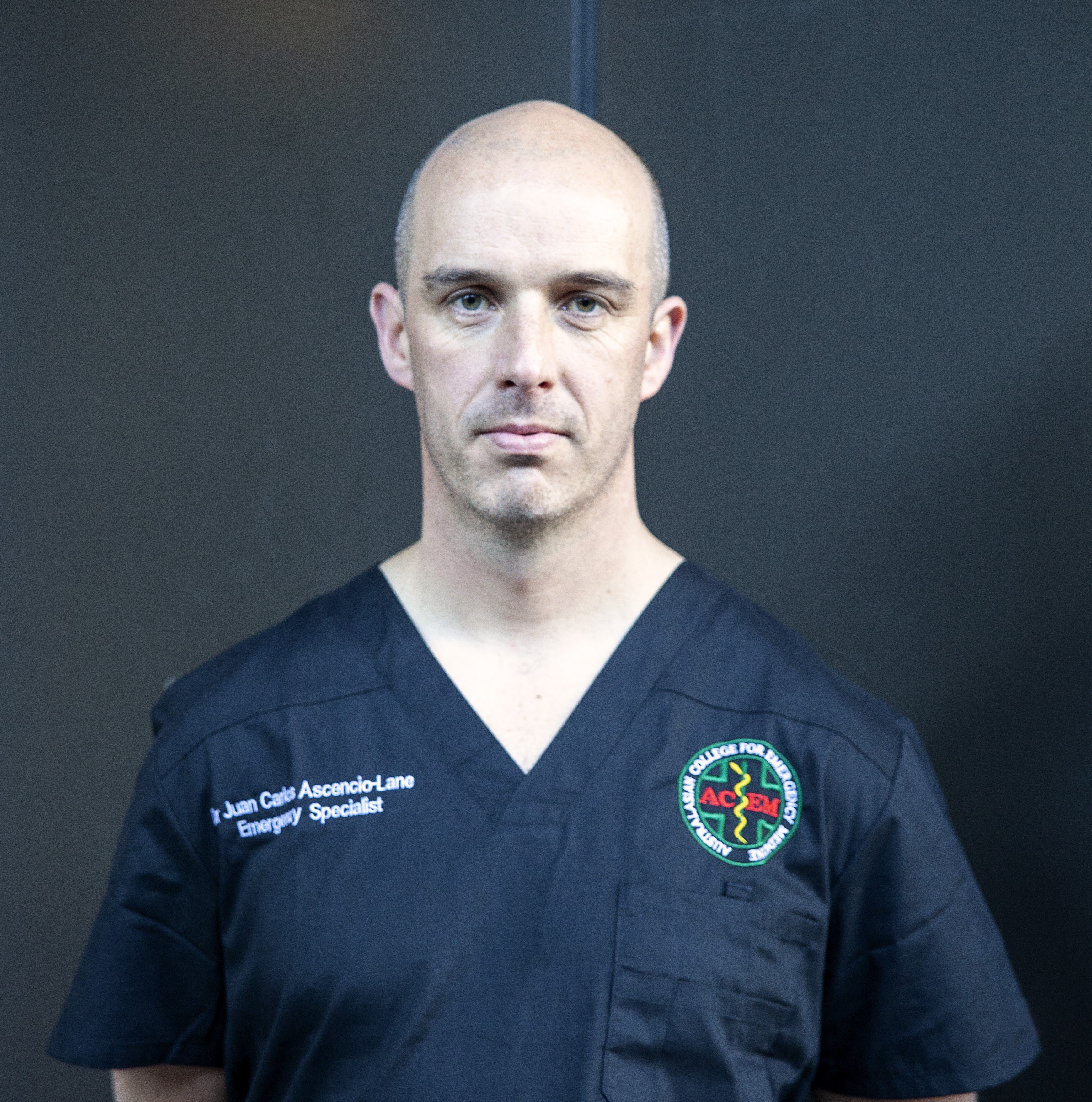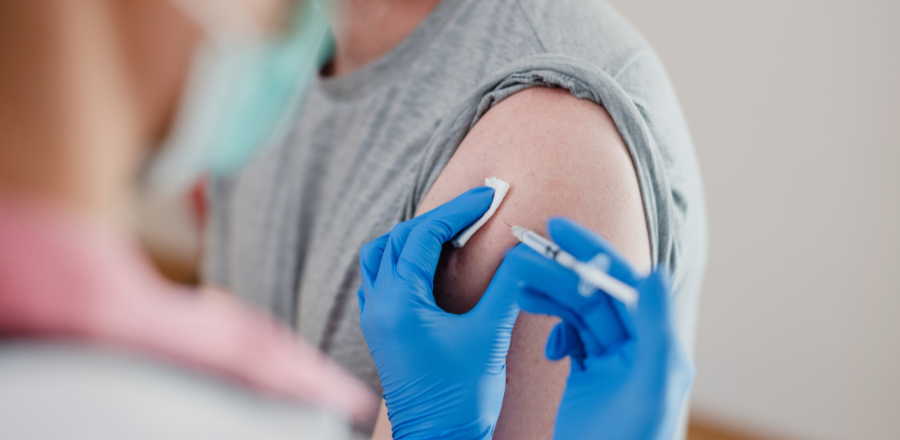Recently, the ADA was contacted by Allergy & Anaphylaxis Australia (A&AA), a charitable not for profit organisation that educates those with allergic disease and advocates on their behalf, regarding a child who had suffered an allergic reaction in a dental practice following application of tooth mousse.
Given the importance of this situation, we asked A&AA to provide an article for members.
As you will see from reading this article, it is critical that dentists keep accurate and current medical histories for each patient. The Dental Board of Australia has issued Dental Guidelines on dental records which outline the expectation of practitioners.
These guidelines indicate that each patient should have a completed and current medical history including any adverse drug reactions. As the case history below indicates, dentists must ensure they are aware of the patient’s full medical history at each appointment.
While the Board’s guidelines do not specify how often a patient’s full medical history should be reviewed, it is a good practice to ask a patient if there has been any change to their history since you last provided treatment. This should include any medication they are taking and any recently diagnosed allergies including food substances.
FOOD ALLERGY
Food allergy has increased in prevalence in recent years with Australia having the highest rate of food allergy in the world. Currently, one in 10 babies, 6% of children and up to 4% of adults have a food allergy, for which there is currently no cure.
People with food allergies are required to completely avoid the food they are allergic to, along with medication and cosmetic preparations that contain these foods.
When people with a food allergy ingest even small amounts of the food they are allergic to – ingestion includes absorption of the food through mucous membranes including the oral cavity – they will develop a mild to moderate or severe allergic reaction (anaphylaxis).
Anaphylaxis is potentially life threatening and must be treated as a medical emergency requiring immediate treatment and urgent medical attention. A generalised allergic reaction, anaphylaxis often involves more than one body system (e.g. skin, respiratory, gastro-intestinal and cardiovascular) and usually occurs within minutes to two hours of exposure to the trigger, rapidly becoming life threatening.
Intramuscular adrenaline (epinephrine) is the first line management in the treatment of anaphylaxis. Individuals known to be at risk of anaphylaxis carry an adrenaline autoinjector (Australia has the brand EpiPen®) with them, with research showing that fatalities are associated with a delay in administration of adrenaline or no administration at all.
CASE HISTORY
Recently, a 12-year-old girl, who was known to have multiple food allergies, including an allergy to milk, experienced an anaphylactic reaction while at the dentist.
The mother disclosed her daughter’s food allergies to the dentist. The dental assistant prepared the instruments and ‘tooth mousse’ to be used during the procedure.
While having dental treatment the girl began to complain of discomfort in her mouth, which progressed to difficulty swallowing. Her very well-informed mother recognised her daughter was having an allergic reaction, although the dentist was not convinced.
The mother took charge and administered the EpiPen®, which her daughter had been prescribed and which she carried everywhere, despite her daughter being reluctant to let her. The staff called an ambulance and the girl was transported to hospital where she was observed for
four hours, before making a full recovery.
It turns out that the tooth mousse contained milk, something recorded on the product but in very fine print.
A&AA advises individuals with food allergy to speak with their dentist prior to the appointment to check whether any products contain a specific allergen/s be used so an alternate product can be sourced as required. When at the appointment the individual should again disclose their food allergy and all dental staff involved in their care should again check content of products to be used during the examination and any procedures.
The importance of carrying out such checks was underlined by a report from the USA where an 11-year-old girl died after using a tooth mousse at home. More recently, there was a report of a child dying after brushing her teeth with toothpaste which contained milk as an ingredient.
While tragedies like this are devastating, they are rare.







